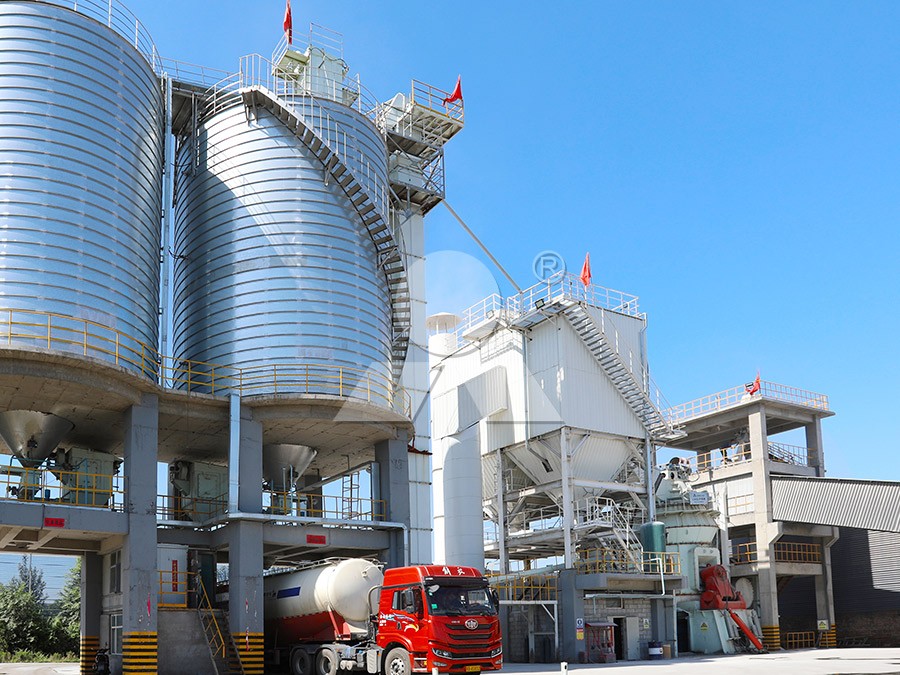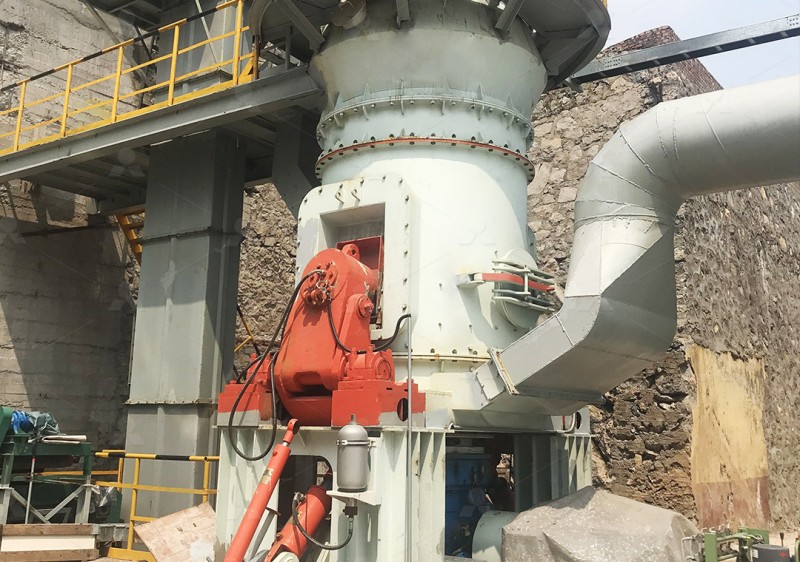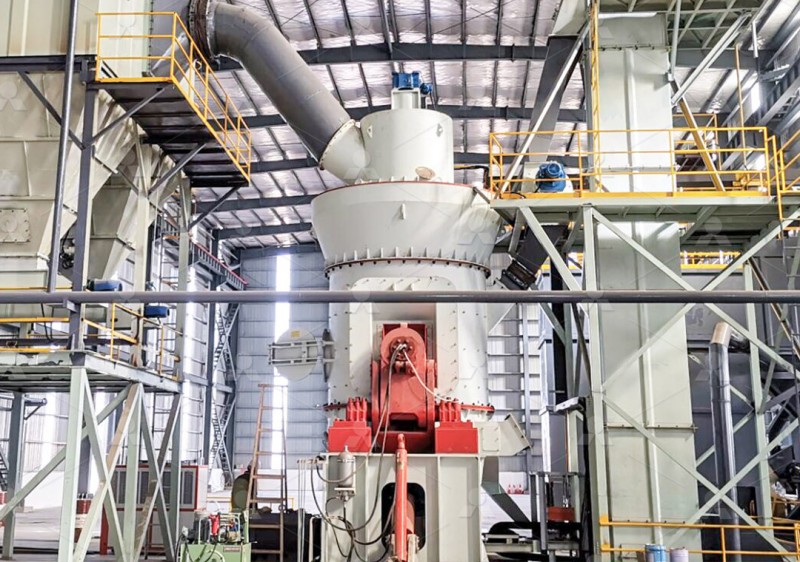400 Mesh Steel Slag Grinding Production Line Cost Analysis
400 Mesh Steel Slag Grinding Production Line Cost Analysis
Steel slag, a by-product of the steelmaking industry, presents both a disposal challenge and a potential resource. Grinding it to a fine powder, typically 400 mesh (approximately 38 microns), unlocks its value for use in cement blends, concrete additives, and road construction. However, setting up an efficient production line requires a thorough cost analysis, where the choice of grinding mill becomes the most critical factor influencing both capital expenditure (CAPEX) and operational expenditure (OPEX).
Key Cost Components
The total cost of ownership for a 400 mesh steel slag grinding line extends far beyond the initial purchase price of the equipment. A comprehensive analysis must consider:
- Equipment Investment (CAPEX): This includes the cost of the core grinding mill, crushers, elevators, feeders, electrical control systems, and the dust collection unit. The mill’s technology and capacity directly dictate this initial outlay.
- Power Consumption (OPEX): Grinding is an energy-intensive process. The mill’s power draw per ton of output is often the single largest ongoing cost. Efficiency here is paramount for profitability.
- Wear Parts Consumption (OPEX): Steel slag is highly abrasive. The consumption rate and cost of grinding rollers, rings, and liners significantly impact maintenance budgets and downtime.
- Labor & Maintenance (OPEX): Systems that are automated and easy to maintain require less skilled labor and reduce costly operational interruptions.
- Footprint & Installation (CAPEX): The physical size of the mill and its auxiliary equipment affects foundation and plant construction costs.

The Heart of the Operation: Choosing the Right Mill
Selecting the wrong mill for steel slag can be a costly mistake. While traditional ball mills or Raymond mills might be considered, their high energy consumption and rapid wear when processing abrasive materials like slag make them less economical for modern operations. The industry is increasingly moving towards vertical roller mills designed specifically for such challenging applications.
For projects aiming for 400 mesh fineness with steel slag, we highly recommend evaluating our LM Vertical Slag Mill. This mill is not just adapted for slag; it is engineered for it. Its unique grinding device integrates drying, grinding, powder selection, and conveying into a single, compact unit. Key advantages that directly translate to cost savings include:
- 30-40% Lower Energy Consumption: Compared to traditional ball milling systems, the LM Vertical Slag Mill drastically reduces power costs, the most significant OPEX factor.
- High Wear Resistance: Critical components are manufactured from high-performance wear-resistant materials, extending service life and reducing the frequency and cost of replacement parts.
- 50% Smaller Footprint: Its vertical structure significantly reduces the required floor space, lowering civil construction and installation costs.
- Integrated Process: By combining multiple steps into one machine, it simplifies the entire production line, reducing initial equipment investment and making operation more straightforward.

Total Cost of Ownership Comparison
When analyzing cost, one must look at the big picture. A cheaper, less efficient mill will have a lower initial purchase price but will be eclipsed over time by exorbitant electricity bills and maintenance downtime. The LM Vertical Slag Mill, with its higher initial investment, is designed for superior long-term economics. The savings in energy and wear parts typically result in a much faster return on investment (ROI), often paying for itself within a few years of operation compared to conventional solutions.
Conclusion
Establishing a cost-effective 400 mesh steel slag grinding production line demands a focus on long-term operational efficiency, not just short-term equipment cost. The grinding mill is the pivotal decision. Investing in advanced, purpose-built technology like our LM Vertical Slag Mill offers the most sustainable path to profitability. By significantly reducing energy and maintenance costs while ensuring high-quality product output, it transforms steel slag from a waste product into a valuable, revenue-generating resource. For a detailed quotation and a site-specific cost-benefit analysis, please contact our technical sales team.

